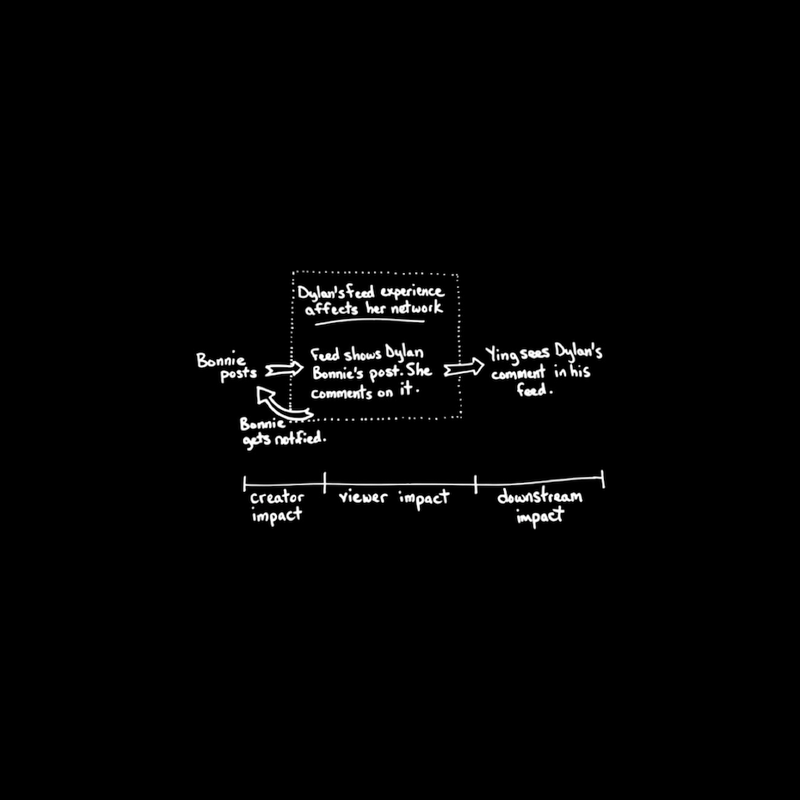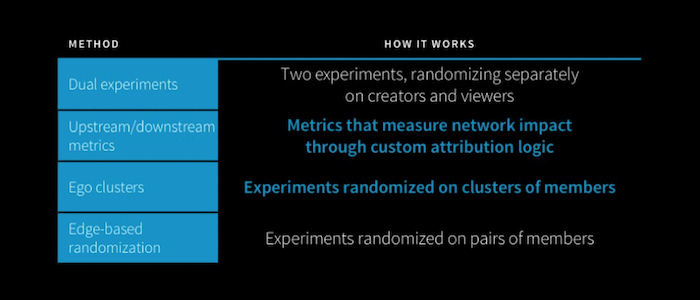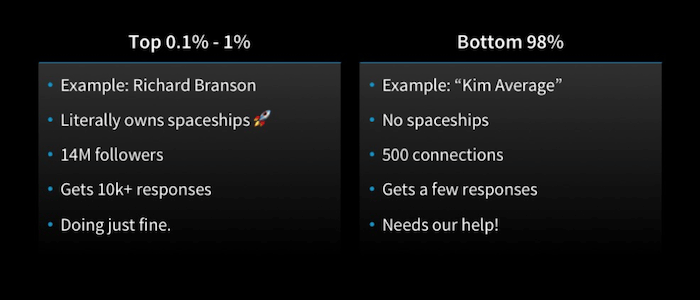
Social media is all about engagement. But if compared to Twitter or Facebook, LinkedIn is rather quiet.
Not because of having less number of users. But LinkedIn's approach on social media is different than others, with the most obvious is seeing itself as a platform for professionals and alike.
Since most people don't speak or talk too much when it comes to their professional side, LinkedIn's feed and engagement are much lower if compared to other social media networks. Second, it's because of the algorithms that play a huge role in determining what should be shown on users' feed.
As LinkedIn cannot change what it is as a professional-oriented social media, it changes the latter.
"It turns out that the new feed model exceeded our expectations," said LinkedIn, as users are seeing more interaction and engagements with its updated algorithms.
According to a post on the LinkedIn Engineering blog, LinkedIn updated its algorithm to generate more engagement on each users' posts, after it found that people weren't posting updates as often because the algorithm had too heavily emphasized content from top creators.
As explained by LinkedIn:
"However, we found that these increases weren’t equally distributed. In fact, at the beginning of 2018, we were in danger of creating an economy where all the gains in viral actions accrued to the top 1% power users, while the majority of creators who don’t receive much feedback were receiving less than ever."

LinkedIn said that people post less updates because they saw that their posts didn't attract a good amount of engagement.
So rather than allowing big players and companies to dominate its feeds, LinkedIn algorithms sort things out rather differently. LinkedIn's team behind the algorithms sought to update the system to better distribute posts. What this means, updates from other connections are pushed more often. Ideally, this should allow more engagement and reach.
"Members who receive 10+ likes when they post are 17% more likely to post again the following week compared to members who post but don’t get any feedback."
"But instead of treating the Egos themselves, we treat their Alters (their connections) with either treatment or control."

With the update that started as the 'creator-side experiment', things are changing much for LinkedIn. But still In many ways, LinkedIn is the same old LinkedIn. It doesn't want to be like other social media networks that are already flooded with holiday posts, tons of selfies and pet videos.
To manage this, LinkedIn added in an algorithm element which estimates "how much a user will appreciate getting feedback from a given viewer," which is also being applied when ranking users' posts.
"We worried that we might see some declines in feed engagement that we would have to weigh against the benefits we were bringing to creators, but actually, this feature turned out to be win-win for both creators and feed viewers. Members like seeing more content from people they know," explained LinkedIn.
The overall effect of the model, according to LinkedIn, people see around 8 percent of the feedback being taken away from the top 0.1 percent of creators, and redistributed to the bottom 98 percent. LinkedIn said that those top users won't likely to notice the difference because they are already benefiting from huge engagements, and their engagement levels have increased more than the amount of loss on a year-over-year basis.
In practical terms, the impacts will vary. But since the implementation, LinkedIn said that its feed is showing a more diverse range of contents, and this resulted in higher overall user engagement.
Users and publishers may want to observe their post metrics to see whether the change affects their posts' distribution and response, for the better or worse.